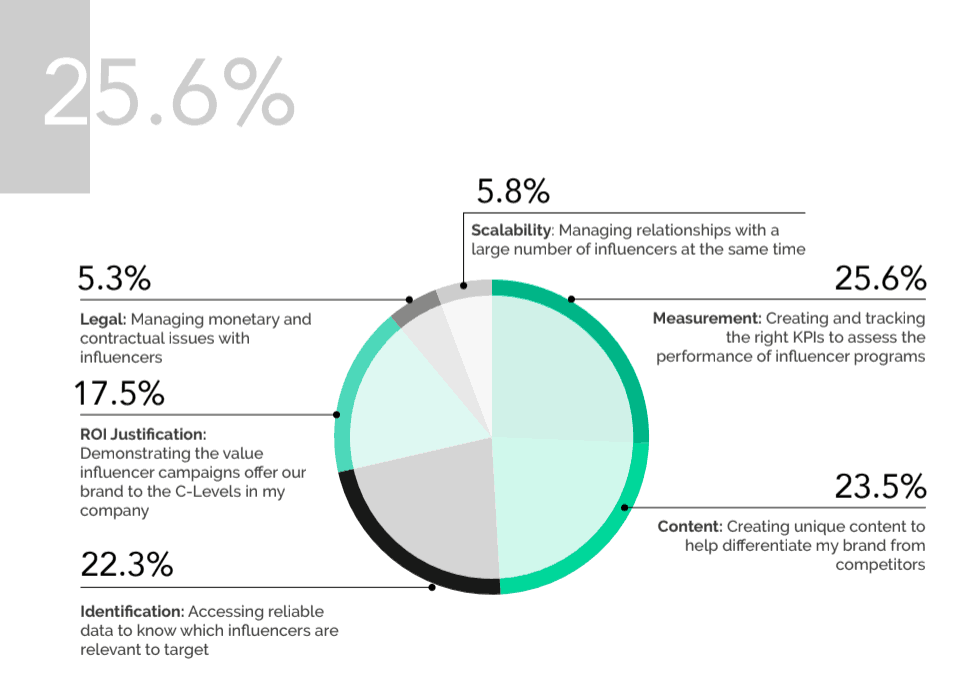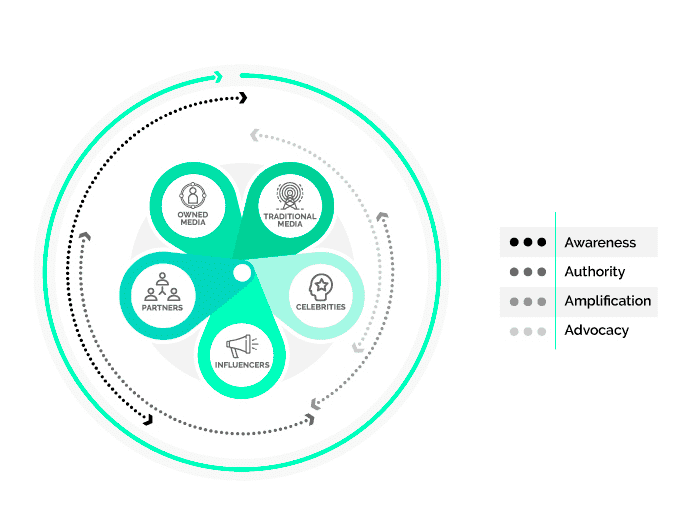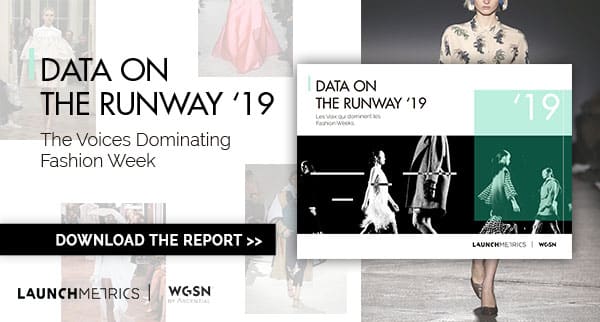Polarization continues to be a harsh reality in the fashion industry: according to the consulting firm McKinsey, 97% of economic profits for the entire industry is earned by just 20 companies, most of them in the luxury segment. However, the competitiveness at the level of impact and visibility, breaks after these rankings, since there are many small brands and e-commerce businesses that struggle to acquire a piece of the cake. These companies can find it challenging competing at the same level as the monopolies of the industry through cross-channel marketing and communication strategies that involve Influencers, Partners, Celebrities, Owned Media, etc. This is where competitive benchmarking comes in.
On our microsite, #Insights100, that we recently launched, you can analyze the top players in the industry, and compare them by means of a benchmark of 100 of the main global brands in the fashion, luxury and cosmetics industries – including Zara, H&M and Mango, amongst others.
It is essential to understand the competitive scenario in which we find ourselves within the fashion, luxury and cosmetics industries in order to attract the interest of new consumers who are less loyal to brands and base their choices on external recommendations. Benchmarking, or the constant analysis of brand activities, results, and positions therefore becomes an exercise capable of offering insights and conclusions of great value at the strategic level. Most importantly: in the midst of the digital era, speed in decision making is key to achieve that Share of Voice or impact that will make the consumer choose your brand.
But, what elements of the marketing strategy of your competitors’ are relevant in a benchmark to facilitate that decision-making process? Here are some of the most important things to consider.
In this article you’ll learn…
Use a single measure to standardize the marketing ROI of your competitors
One of the biggest challenges facing the marketing departments of businesses in the industry is the standardization of analysis and measurement indicators. According to our State of Influencer Marketing Report 2019, 26% of professionals in the industry state that measurement is still their biggest problem.
In the industry, omnichannel strategies are present at different levels in order to satisfy the needs of a consumer who alternates his or her consumption from a physical store to e-commerce, and from there to Instagram. This has had an impact on the marketing and communication strategies of brands, also causing a diversification of channels, Voices, and tactics to achieve an impact on that consumer. But at the same time, we continue to live with multiple indicators, tools and measurement systems that prevent us from making decisions from a global strategic perspective.

The main challenges brands face when it comes to influencer marketing.
That is why the first step to perform a competitive benchmarking that allows us to make decisions will be to use a concrete indicator, able to standardize the results of the various tactics implemented through the multiplicity of channels and actors present in current marketing strategies.
For some years we have been developing Media Impact Value™ (MIV®), a numerical standard which, by means of a monetary figure, allows us to understand the ROI offered by a post, publication online or in printed media, and an in-house media strategy or an entire omnichannel campaign. This figure is calculated using an algorithm that includes a quantitative and qualitative assessment of each article, mention, and publication.
![]()
If you want to understand more about the calculation of this standard, read our article Decoding Media Impact Value.
Benchmarking the percentage of impact your brand represents
Once we simplify the impact of marketing strategies through this unique numerical value, it is much easier to understand the percentage of the impact that your brand represents compared to your competitors.
This analysis or representation is called the Share of Value. It is, for example, a system that we use each season to prepare our Data on the Runway report and that allows us to identify which designers or brands account for the biggest percentage of impact during Fashion Weeks. During the last NYFW season, for example, Ralph Lauren obtained the highest percentage of Share of Value and an MIV of $38M, against competitors such as Coach, Calvin Klein or Tom Ford, thanks to the influencer-focused strategy they developed.
Consulting this type of indicator on a regular basis will allow you to understand the evolution of your brand against your competition, as well as assess the effectiveness of your tactics during time periods of key campaigns.
Identify the most effective Voices for your competitors
As we stated earlier, omnichannel strategies have been imposed at all levels. However, in many cases the brands have not had the time to standardize the tools, measurement systems and indicators of such tactics.
The “Voices” in the marketing system allows us to group the main channels we use today for marketing and communication strategies into five large groups. Influencers, Celebrities, Owned Media, Partners, and Media are the Voices that we use to assign the global value of a standard marketing strategy in the industry.

Obtaining information about the Mix of Voices that offer strategic effectiveness to our competitors will allow you to understand what tactics you are not using, that could work for your brand, or what you strategies you already have that put you at an advantage.
If you want to know more about the Voices system to assess the value of your strategy, take a look at Understanding the Voices that influence the buying process.
As you may have noticed, having a 360-degree, comprehensive view of your strategy and that of your competitors can give you a great competitive advantage when it comes to “optimizing” or adjusting strategic marketing decisions. That’s why benchmarking is essential for any brand. All you have to do is have the technology capable of speeding up this activity effectively. Do you periodically draw up competitive benchmarking? Tell us about your experience!


